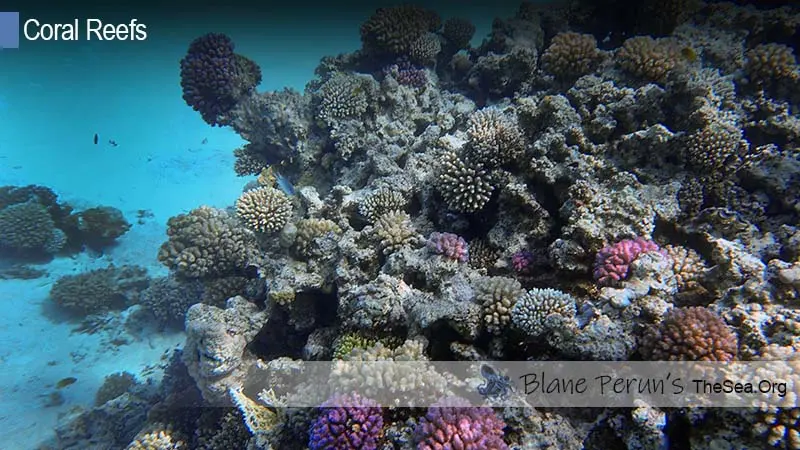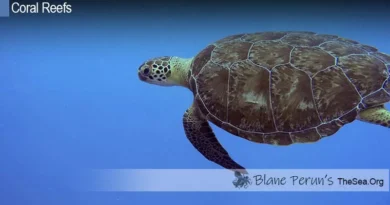What Is an Atoll Reef
Table of Contents
What Is an Atoll Reef: A Dive into Nature’s Aquatic Marvels
Understanding the Basics of Atoll Formation
The Geological Process Behind Atoll Reefs
Atolls, the crown jewels of the ocean, are formed through a captivating geological process. They start their life as fringing reefs surrounding a volcanic island. As the island slowly sinks, the coral growth keeps pace with the water level, creating a barrier reef. Eventually, the island completely submerges, leaving behind a ring-shaped reef with a central lagoon: the atoll. This transformation can take millions of years, showcasing nature’s incredible patience and precision. The dynamic between the coral growth and the sinking landmass is a mesmerizing dance of ecological balance.
The Rich Biodiversity of Atoll Ecosystems
Atoll Reefs: Hotspots of Marine Life
Atoll reefs are not just stunning to look at; they are bustling with life. These ecosystems are known for their astounding biodiversity. They play host to a myriad of marine species, from vibrant corals to various types of fish, sea turtles, and even sharks. The unique structure of atolls provides different habitats – the shallow lagoon, the inner reef, and the outer reef, each supporting different forms of life. This diversity is crucial for the health of our oceans. It also highlights the interdependence of species within these ecosystems, where every organism, no matter how small, plays a vital role.
FAQs About Atoll Reefs
1. What differentiates an atoll reef from other types of coral reefs?
An atoll reef is distinguished by its ring-like shape with a central lagoon. This structure sets it apart from other coral reefs, such as fringing reefs or barrier reefs, which are directly attached to a landmass. Atolls are formed from the gradual sinking of a volcanic island, leaving the coral reef to grow upwards and form a ring.
2. How does the biodiversity in atoll reefs impact the marine environment?
The biodiversity in atoll reefs is crucial for maintaining a balanced marine ecosystem. These reefs provide habitat, breeding grounds, and food sources for a vast array of marine life. The diversity also contributes to the resilience of the reef ecosystem, allowing it to better withstand environmental stresses.
3. Can atoll reefs be found in all oceans?
Atoll reefs are primarily found in warm, tropical oceans, particularly in the Pacific and Indian Oceans. The conditions in these waters, such as temperature and salinity, are conducive to coral growth, which is essential for atoll formation.
4. What role do atoll reefs play in local communities?
For local communities, particularly in the Pacific and Indian Oceans, atoll reefs are vital. They provide food resources, protect coastlines from erosion, and support local economies through fishing and tourism. The reefs are deeply intertwined with the cultural and economic well-being of these communities.
5. How does climate change affect atoll reefs?
Climate change poses significant threats to atoll reefs. Rising sea temperatures can lead to coral bleaching, where corals lose their color and vitality. Ocean acidification, another consequence of climate change, weakens coral skeletons, making it difficult for them to grow. These changes disrupt the delicate balance of atoll ecosystems, endangering their future survival.




